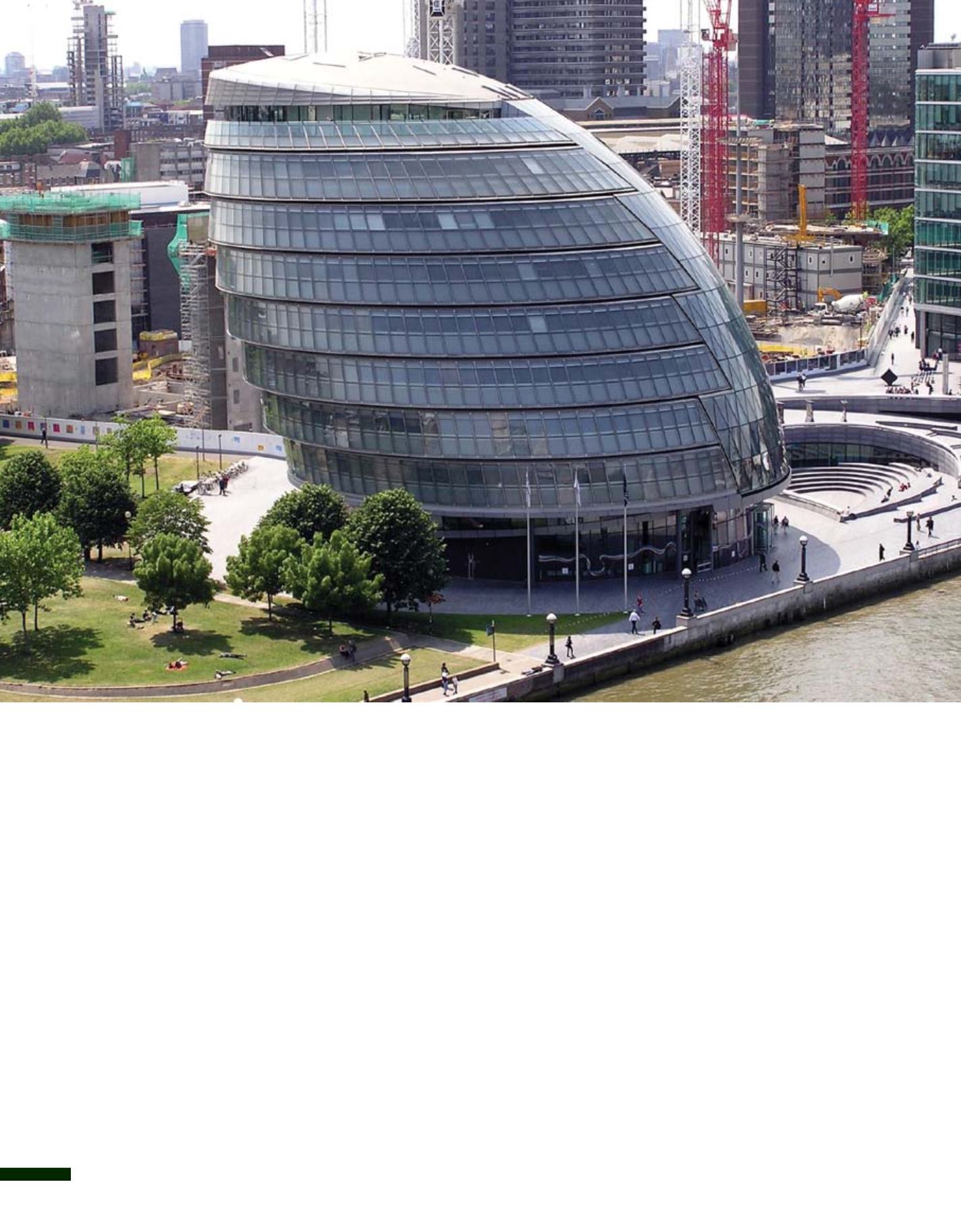

2016
פברואר
104
אדריכלות ישראלית
|
קטגוריית מחקר
פרויקט השנה -
59
|
responsive materials in building envelopes
Architect Noy Lazarovich
Increased awareness of energy consumption
has led in recent years to an attempt to
invent smart building envelopes that are
stimuli responsive to climate changes.
This is primarily done through complex
mechanical systems, which themselves
consume energy and are costly to maintain,
thus casting doubt on their effectiveness.
The study proposes to examine the
possibility of using combined materials
instead, without need for constructive
changes.
Despite the long term use of such materials
in other engineering areas, their application
in architecture is limited and still considered
experimental. Examples of this are photo
voltaic cells, glass panels that filter out rays,
or environmental statues, such as Lars
Spuybroek’s responsive sculptures, and
looking even further back – the aperture
systems at the Arab World Institute in Paris,
designed by Jean Nouvel already in 1987.
The research dealt with the functioning
of stimuli responsive systems operating
successfully in various fields. The materials
have been classified according to their
function and requirement in order to serve
as an online library available to architects
and designers, by means of which search
is performed through selected parameters,
such as budget, durability, color, texture,
and type of response required.
The proposed library will include examples
of different applications for demonstration
and the stimulation of the imagination. This
will enable the replacement of mechanical
systems with smart materials, motivating
progressive contemporary thinking.
The case study focused on the design
of a shading device that independently
responds to temperature or sun rays.
The proposed solution was based on a
combined material that changes its form and
‘remembers’ to return to its original state
without unnecessary investment in active
construction.
The intention is that in the future it will be
possible to print details of smart envelopes
that are embedded in the building according
to the required response.
















